
Senior physics writer Emily Conover joined Science News in 2016. She has a Ph.D. in physics from the University of Chicago, where she studied the weird ways of neutrinos, tiny elementary particles that can zip straight through the Earth. She got her first taste of science writing as a AAAS Mass Media Fellow for the Milwaukee Journal Sentinel. She has previously written for Science Magazine and the American Physical Society. She is a two-time winner of the D.C. Science Writers’ Association Newsbrief award, and a winner of the Acoustical Society of America’s Science Communication Award.

Trustworthy journalism comes at a price.
Scientists and journalists share a core belief in questioning, observing and verifying to reach the truth. Science News reports on crucial research and discovery across science disciplines. We need your financial support to make it happen – every contribution makes a difference.
All Stories by Emily Conover
-
 Particle Physics
Particle PhysicsExcess antielectrons aren’t from nearby dead stars, study says
Pulsars might not be behind excess antimatter, gamma-ray observations suggest.
-
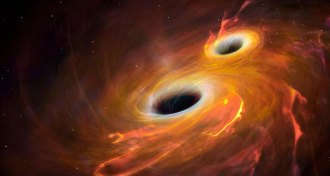 Physics
PhysicsColliding black holes are reported for a fifth time
LIGO spots another merger, this time with less fanfare.
-
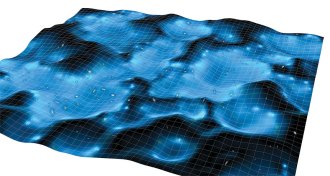 Cosmology
CosmologySimulating the universe using Einstein’s theory of gravity may solve cosmic puzzles
Better simulating the dense parts of the universe could improve scientists’ view of how the universe evolves.
-
 Physics
PhysicsWhy the wiggle in a crowd’s walk can put a wobble in a bridge
New simulations can better predict when pedestrians cause a bridge to shimmy.
-
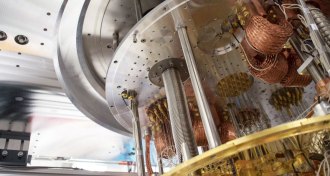 Quantum Physics
Quantum PhysicsQuantum computing steps forward with 50-qubit prototype
Bit by qubit, scientists are edging closer to the realm where quantum computers will reign supreme.
-
 Quantum Physics
Quantum PhysicsQuantum computers take a step forward with a 50-qubit prototype
Race to build ever-more-powerful processors edges the technology closer to being able to best traditional machines.
-
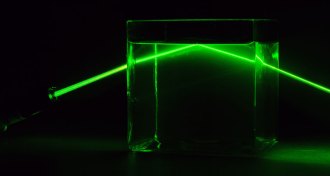 Physics
PhysicsPhotons are caught behaving like superconducting electrons
Light particles, or photons, swap energy like electrons in a superconductor.
-
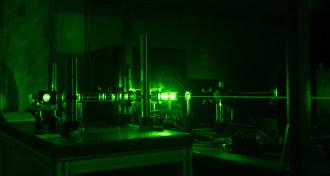 Quantum Physics
Quantum PhysicsLight’s weird dual nature weathers trip to space and back
“Delayed-choice” experiment performed in space reaffirms the idea that light can behave like a wave or a particle.
-
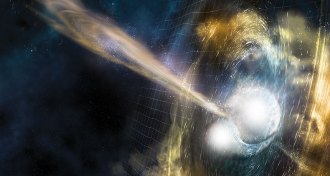 Astronomy
AstronomyNeutron star collision showers the universe with a wealth of discoveries
A collision of neutron stars was spotted with gravitational waves for the first time. Telescopes captured gamma rays, visible light and more from the smashup.
-
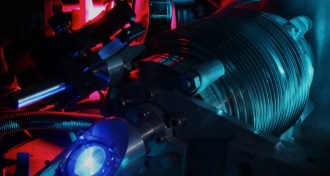 Physics
PhysicsProton size still perplexes despite a new measurement
Study of hydrogen atoms supports the case for a smaller proton.
-
 Physics
PhysicsJennifer Dionne harnesses light to illuminate nano landscapes
Nanophotonics research by materials scientist Jennifer Dionne could lead to improved drugs, cancer tests or invisibility cloaks.
-
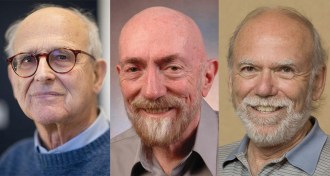 Physics
PhysicsTrio wins physics Nobel Prize for gravitational wave detection
Pioneers of LIGO collaboration win for finding spacetime ripples from two spiraling black holes.